17th century
Artworks 11 to 20 of 127:
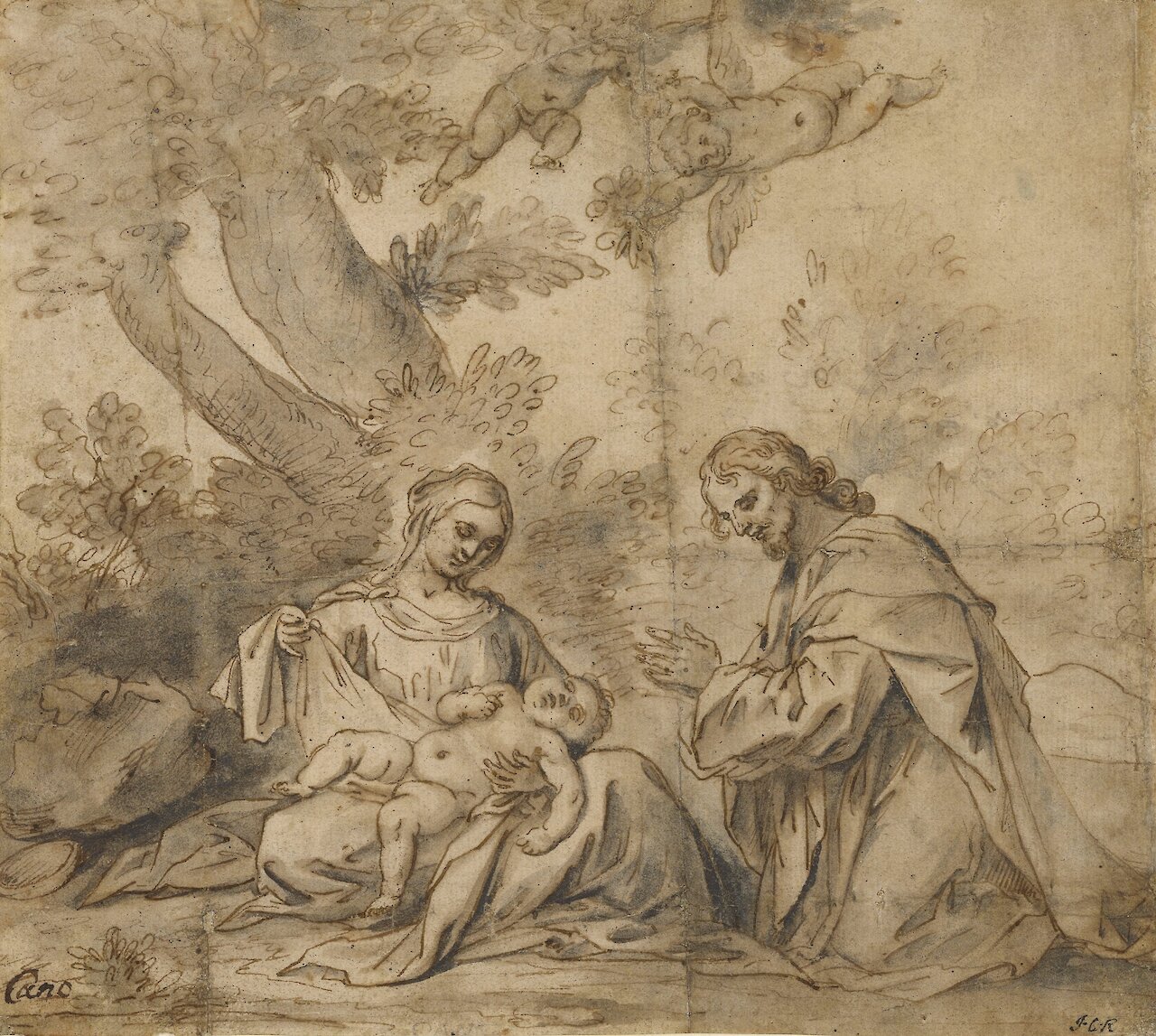
Holy Family
by Alonso Cano, circa 1600–1700
- Medium
- Pen and brown ink, and wash, over black chalk, on laid paper
- Dimensions
- 6 7/8 x 7 1/2 in.
- Credits
- The Morgan Library & Museum. Photography by Graham S. Haber.
- Notes
17th century
- Location
- Morgan Library & Museum
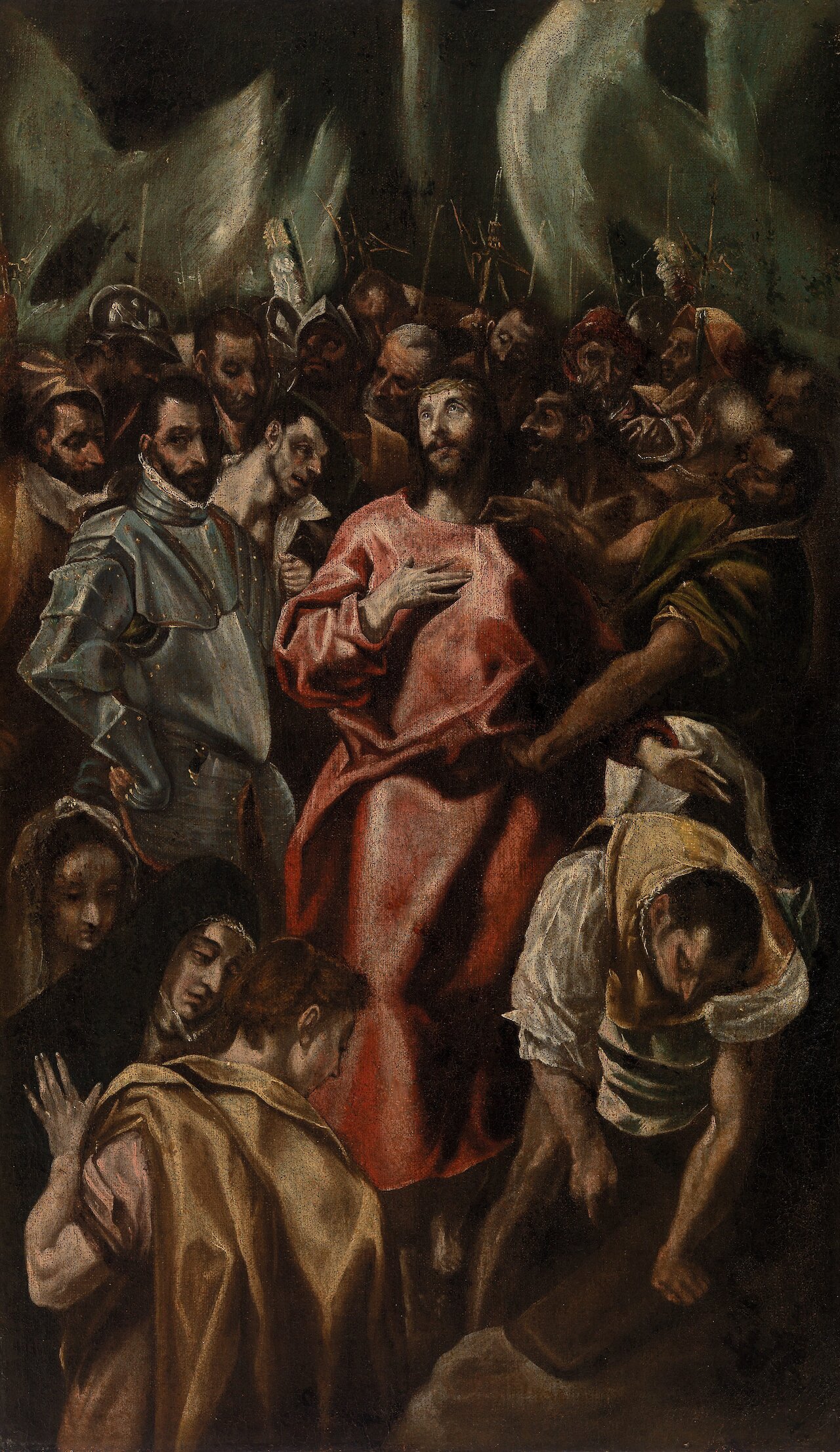
Disrobing of Christ (Espolio)
by El Greco, circa 1600–1630
- Medium
- Oil on canvas
- Notes
Early 17th century. School of El Greco.
- Location
- Barnes Foundation
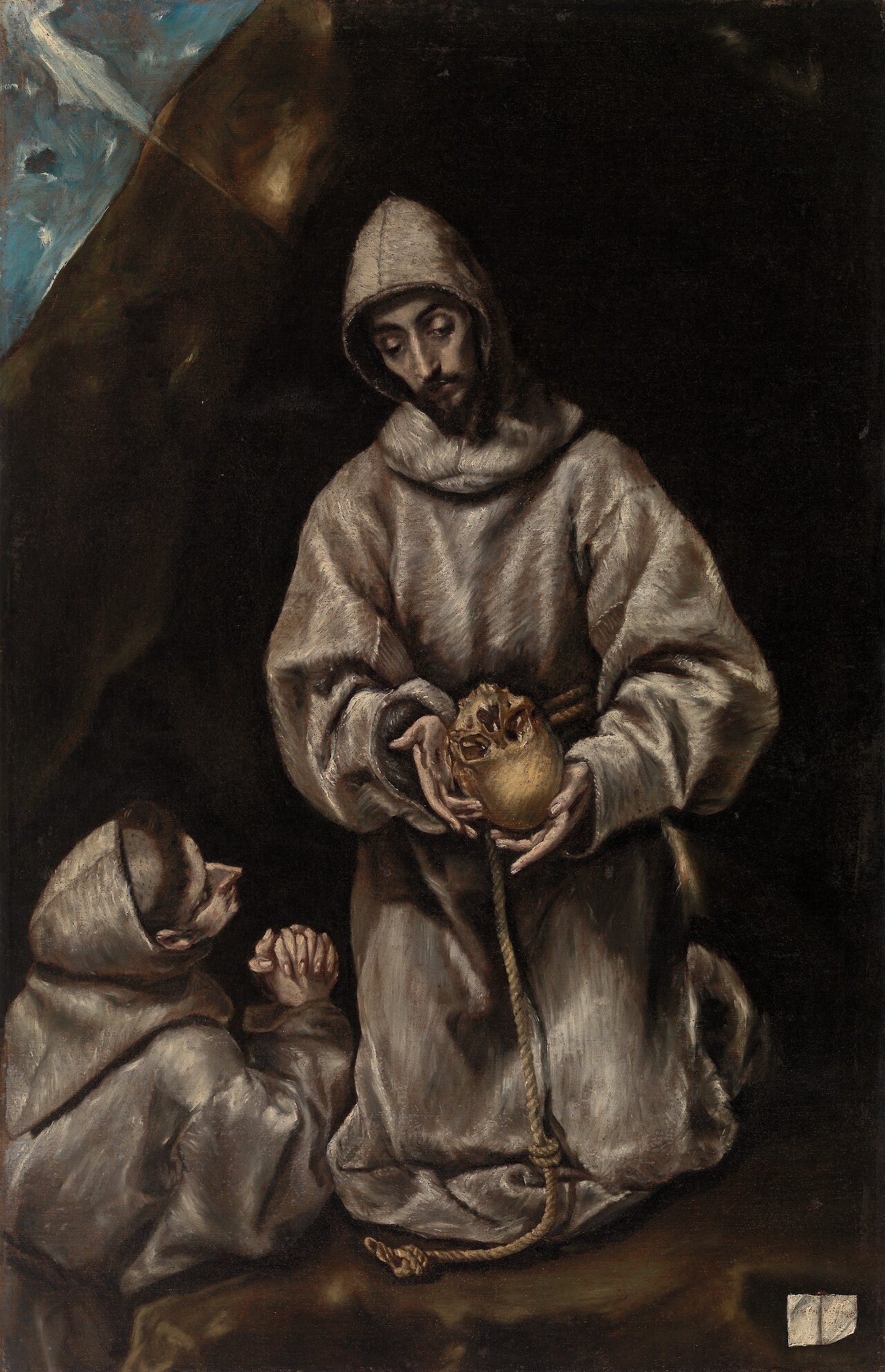
Saint Francis and Brother Leo Meditating on Death
by El Greco, circa 1600–1605
- Medium
- Oil on canvas
- Dimensions
- 48 7/8 x 31 3/8 in. (124.1 x 79.7 cm)
- Notes
Possibly by El Greco.
- Location
- Barnes Foundation
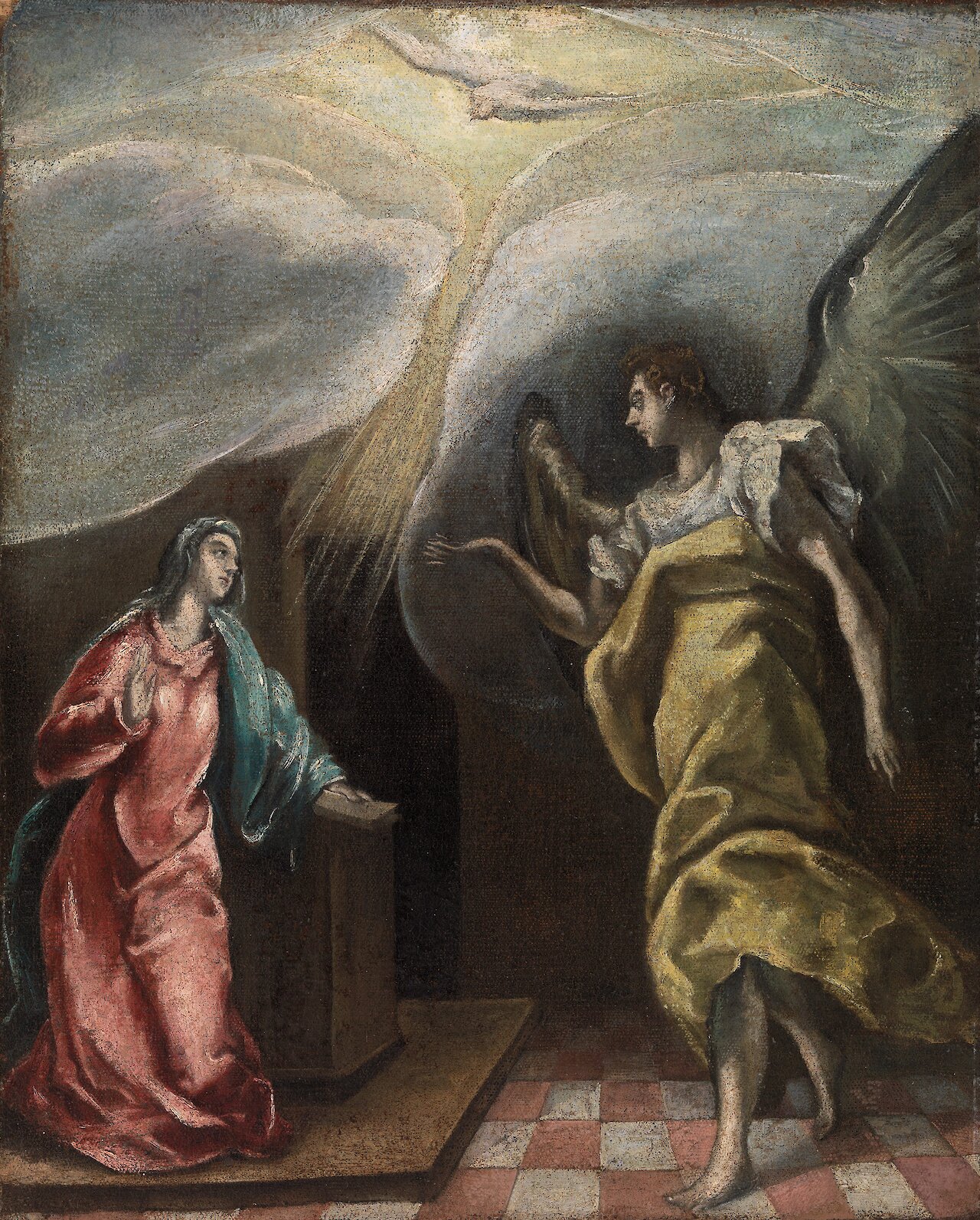
Annunciation
by El Greco, circa 1601–1700
- Medium
- Oil on canvas
- Dimensions
- 22 7/8 x 18 3/4 in. (58.1 x 47.6 cm)
- Notes
Possibly 17th century. After El Greco.
- Location
- Barnes Foundation
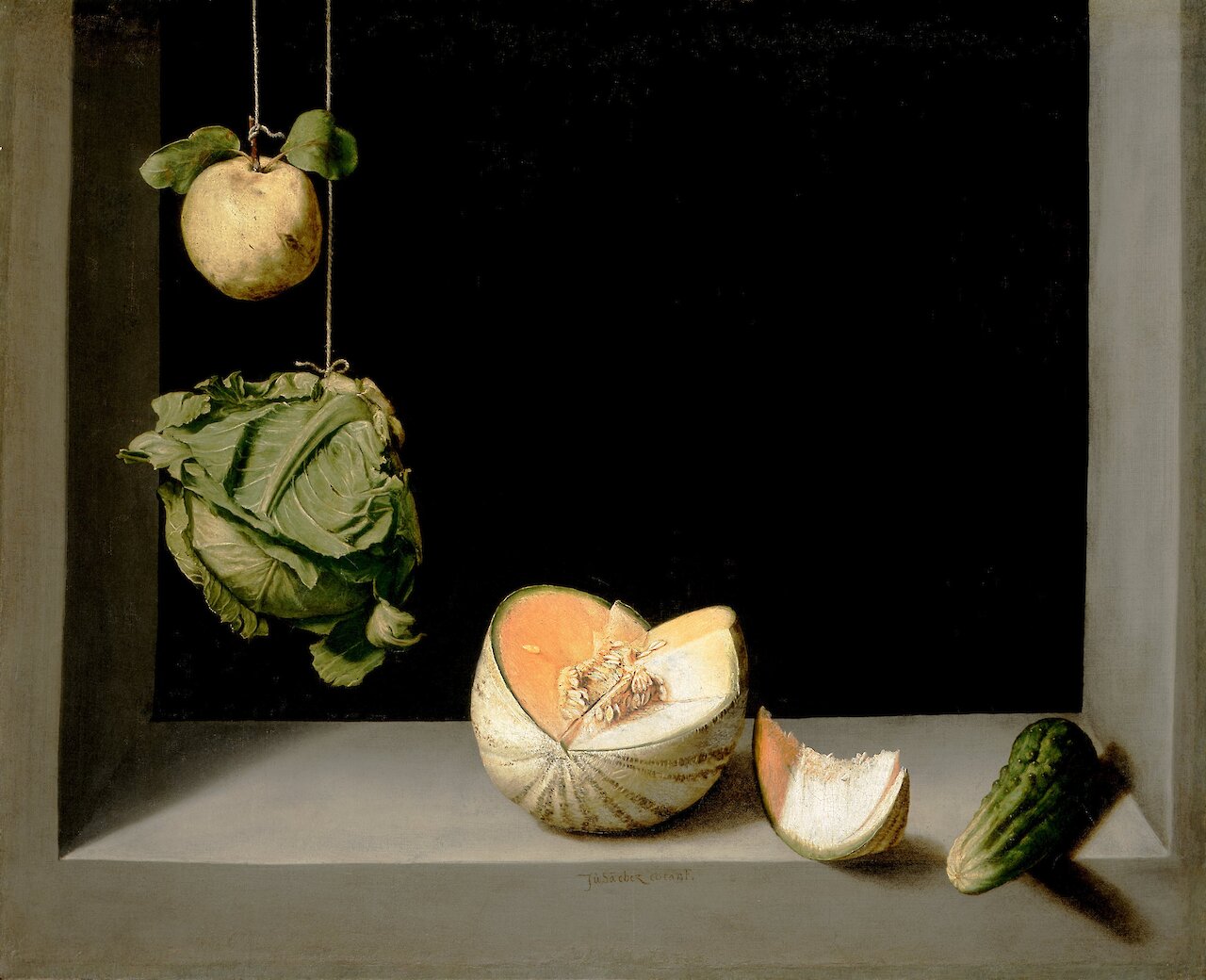
Still Life with Quince, Cabbage, Melon, and Cucumber
by Juan Sánchez Cotán, circa 1602
- Medium
- Oil
- Dimensions
- 27 1/8 in x 33 1/4 in (68.9 cm x 84.46 cm)
- Location
- San Diego Museum of Art
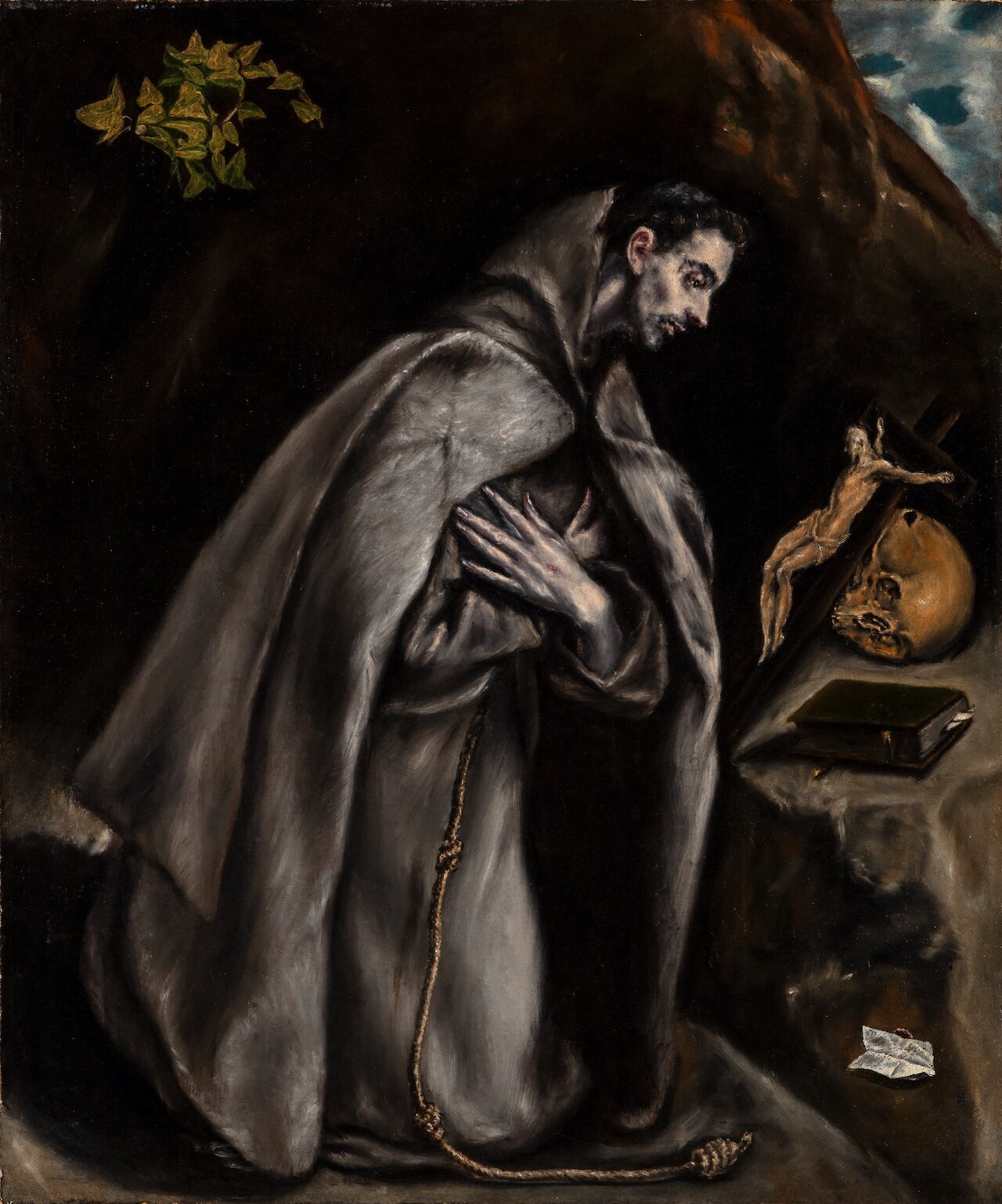
Saint Francis Kneeling in Meditation
by El Greco, circa 1605–1610
- Medium
- Oil on canvas
- Dimensions
- 29 7/8 x 25 in (75.9 x 63.5 cm)
- Credits
- Meadows Museum, SMU, Dallas. Museum purchase, Meadows Museum Acquisition. Fund with private donations and University funds, MM.99.01. Photography by Kevin Todora.
- Location
- Meadows Museum
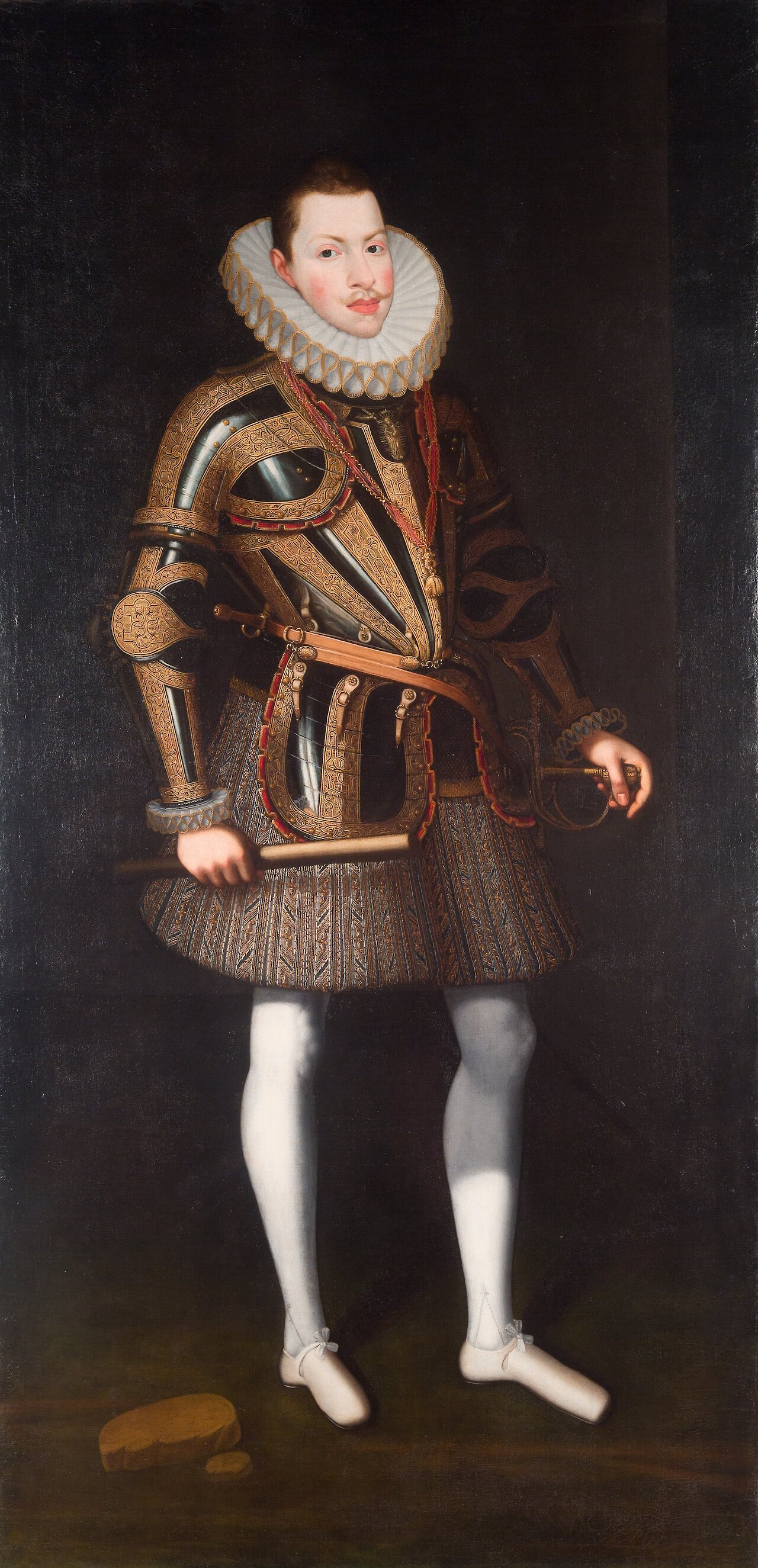
Philip III of Spain
by Juan Pantoja de la Cruz, circa 1605
- Medium
- Oil on canvas
- Dimensions
- 203.84 x 99.7 cm (80 1/4 x 39 1/4 in)
- Credits
- Harvard Art Museums/Fogg Museum, Gift of Dr. Denman W. Ross
- Location
- Harvard Art Museums

Apparition of the Virgin and Child to Saint Hyacinth
by El Greco, circa 1605–1610
- Medium
- Oil on canvas
- Dimensions
- 62 3/8 x 38 7/8 in. (158.4 x 98.7 cm)
- Location
- Barnes Foundation
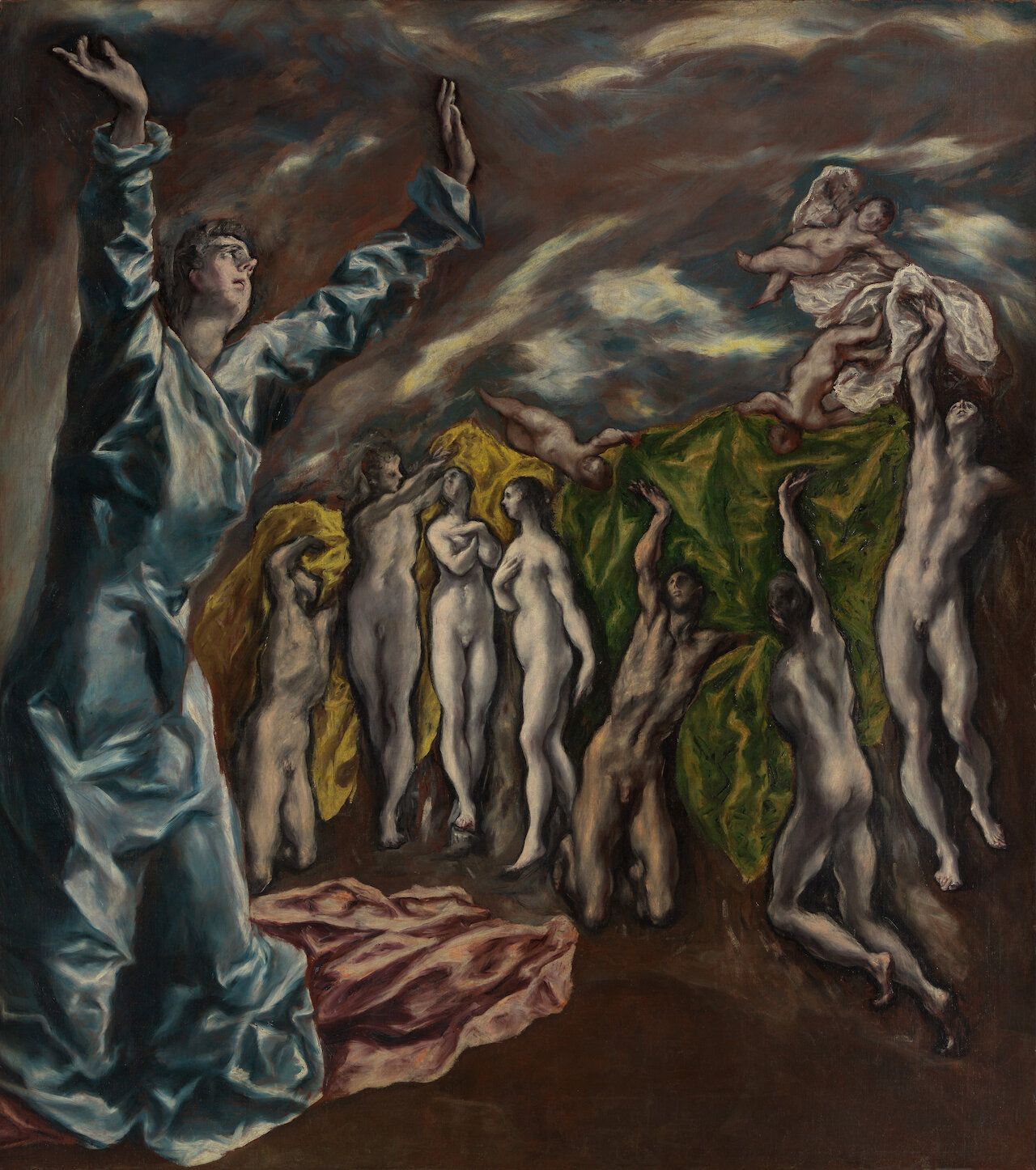
The Vision of Saint John
by El Greco, circa 1608–1614
- Medium
- Oil on canvas
- Dimensions
- 87 1/2 x 76 in (222.3 x 193 cm); with added strips 88 1/2 x 78 1/2 in (224.8 x 199.4 cm, top truncated)
- Credits
- Rogers Fund, 1956.
- Location
- The Metropolitan Museum of Art (The Met)
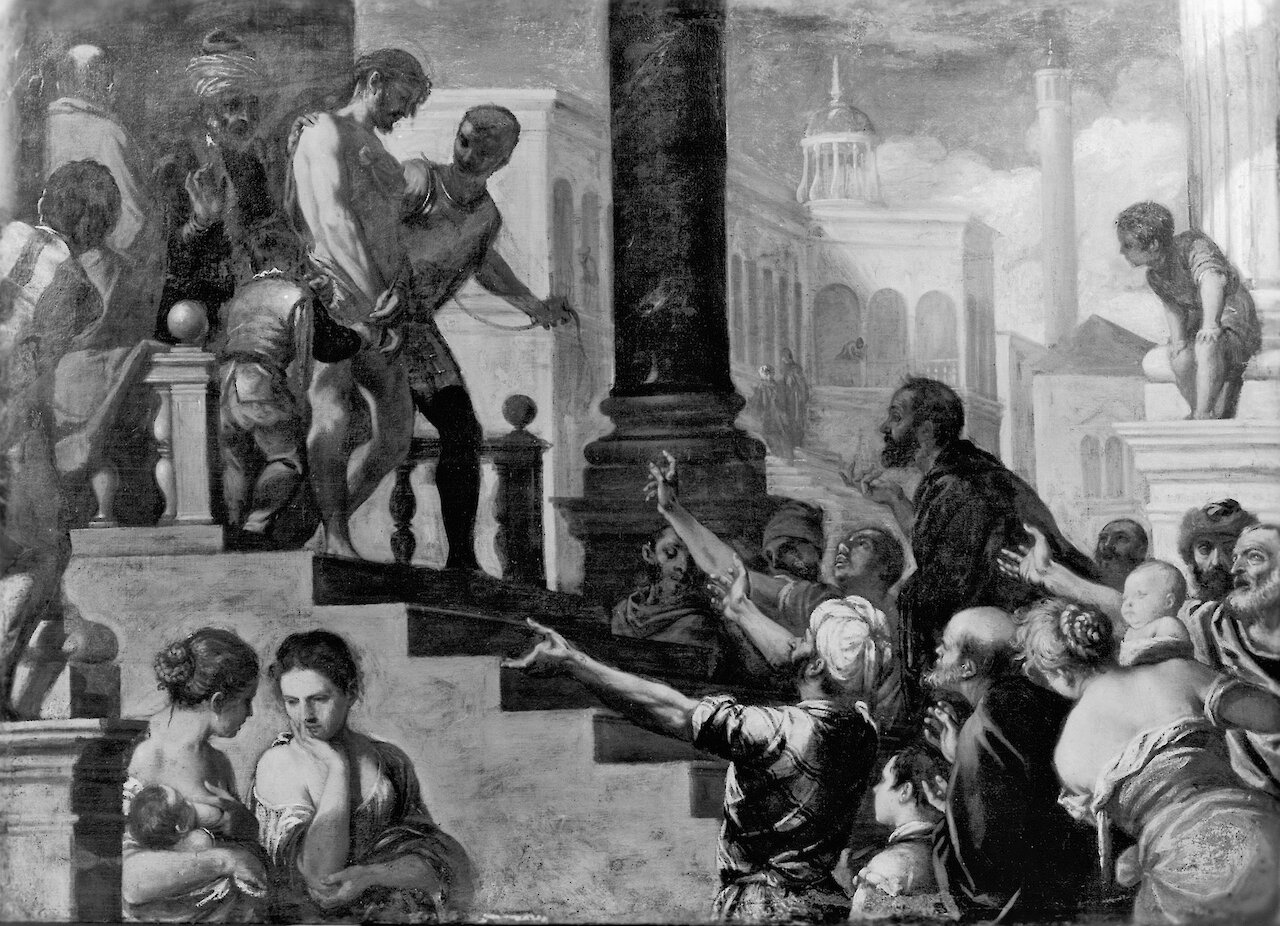
Ecce Homo
by Pedro Orrente, circa 1610
- Medium
- Oil on canvas
- Dimensions
- 36 x 50 5/8 in (91.5 x 128.6 cm)
- Credits
- Acquired by Henry Walters, 1909
- Location
- Walters Art Museum